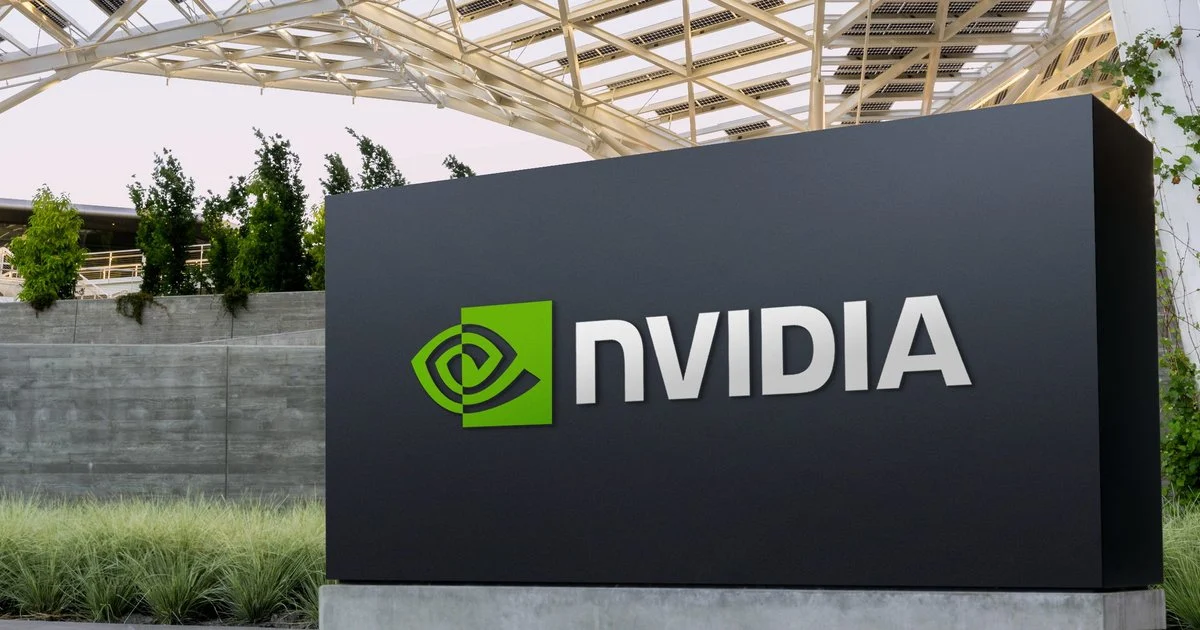Beyond the Hype: A Quantitative Analysis of Nvidia's Market Position and Valuation

In the contemporary financial discourse surrounding Nvidia, rhetoric has frequently overwhelmed reality. The public conversation has bifurcated into two extremes: a narrative of unassailable momentum driven by record-breaking market capitalization, and a counter-narrative of imminent collapse, fueled by concerns over competition and valuation. This analysis will set aside the emotional superlatives and dire warnings to examine what the available data, historical context, and fundamental business mechanics actually tell us about the company's position.
The Expanding Compute Ecosystem vs. The Zero-Sum Fallacy
A primary counter-narrative gaining traction posits that key customers, notably OpenAI, are diversifying their hardware portfolio by incorporating solutions like Google's TPUs to mitigate costs. This is often framed as a direct threat to Nvidia's market dominance. However, a quantitative analysis suggests this interpretation is based on a flawed, zero-sum view of a market that is expanding at an exponential rate.
Reports from outlets like Wccftech indicating OpenAI's use of TPUs are not evidence of a weakening moat, but rather a testament to the sheer scale of the computational demand created by generative AI. The global AI market size was valued at approximately $200 billion in 2023 and is projected by Grand View Research to expand at a compound annual growth rate (CAGR) of 36.6% from 2024 to 2030. No single company could, or should be expected to, service 100% of a market experiencing such explosive growth. This diversification is not an 'either/or' choice but a 'both/and' necessity for companies operating at the frontier. They require both specialized hardware for specific, optimized tasks and the best-in-class, general-purpose parallel processing power for training next-generation foundational models—a domain where Nvidia's architecture remains unparalleled.
The critical metric often overlooked in this discussion is Total Cost of Ownership (TCO), not the sticker price of a single chip. Nvidia's competitive advantage is not merely its silicon, but its two-decade-old CUDA (Compute Unified Device Architecture) platform. This integrated ecosystem of software, libraries, and developer tools represents millions of hours of development and optimization, creating significant switching costs and a powerful network effect. For researchers and corporations, the cost of retraining talent and re-architecting software to abandon the CUDA ecosystem for a marginal hardware discount on non-primary workloads is economically unviable. The successful and rapid ramp-up of the next-generation Blackwell platform, coupled with innovations in its software stack like the 'Parakeet' model, demonstrates a holistic, integrated performance-per-watt and performance-per-dollar leadership that transcends simplistic hardware comparisons.
A Statistical Dissection of Shareholder Behavior
The second pillar of the bearish thesis centers on the company's valuation, often substantiated by pointing to high-profile insider or hedge fund sales. The recent focus on a 1.4 million share sale by billionaire Philippe Laffont's Coatue Management is a prime example of anecdotal evidence being presented as a systemic trend.
A dispassionate statistical analysis reveals this to be a narrative fallacy. Firstly, a 1.4 million share sale, while significant in absolute dollar terms, must be contextualized. As of mid-2024, Nvidia has over 24 billion shares outstanding post-split. A single sale of this size represents approximately 0.0058% of the company's total shares. This is statistically negligible and falls well within the bounds of standard portfolio rebalancing. For any fund, when a single holding grows to represent an outsized portion of its total assets under management, trimming the position is a fundamental principle of risk management, not necessarily a verdict on the company's future prospects.
More importantly, focusing on a single sale creates a data-selection bias. A broader look at institutional ownership provides a countervailing and more robust dataset. According to Q1 2024 filings, institutional ownership of Nvidia remains exceptionally high, with giants like Vanguard, BlackRock, and Fidelity maintaining or increasing their vast positions. The narrative of 'smart money' fleeing is not supported by the aggregate data, which indicates widespread institutional conviction. The focus on a single seller, while making for a compelling headline, is an exercise in financial synecdoche—mistaking a part for the whole.
Valuation in the Context of a Technological Revolution
Finally, the persistent argument that Nvidia's stock is 'overvalued' often relies on traditional, backward-looking metrics like the price-to-earnings (P/E) ratio. While the trailing P/E may appear high, applying this metric in isolation to a company at the epicenter of a paradigm shift in computing—akin to the advent of the internet or the cloud—is analytically insufficient.
Historical precedents are instructive. Companies like Cisco in the late 1990s and Amazon in the 2010s exhibited P/E ratios that were, by conventional standards, astronomical. Yet, these valuations were predictive of their eventual capture of immense, newly created markets. Nvidia's valuation is predicated not on its past earnings, but on its future earnings potential in a world being rebuilt on accelerated computing and AI.
This is not speculative fancy. It is supported by concrete forward-looking indicators. The company's revenue has consistently and dramatically beaten analyst expectations, quarter after quarter. Its forward P/E ratio, which accounts for this explosive earnings growth, is substantially more moderate than its trailing P/E. Furthermore, strategic initiatives like the partnership with Foxconn to revolutionize manufacturing with robotics and AI are not just press releases; they represent the expansion of Nvidia's platform into new, multi-trillion-dollar industrial markets. The valuation reflects the market's pricing-in of a fundamental re-platforming of the global economy, with Nvidia providing the core infrastructure.
In conclusion, an evidence-based examination reveals that the prevailing counter-narratives against Nvidia are built on misinterpretations of market dynamics and a selective reading of data. Customer diversification is a sign of a healthy, hyper-growth market, not a failing strategy. High-profile stock sales are statistically insignificant noise when compared to aggregate institutional holdings. And valuation concerns are myopic when viewed against the backdrop of a generational technological shift. The data does not point to a fragile leader on the verge of collapse, but to a foundational company successfully executing on its strategy to power the next industrial revolution.